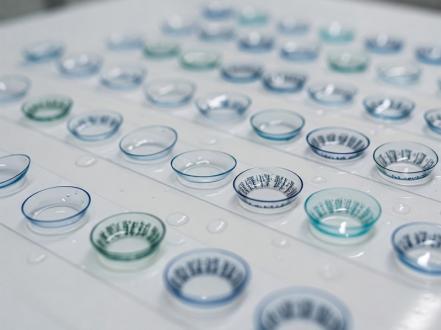Viral conjunctivitis? Symptoms, causes, and treatment
Triggering unpleasant sensations, viral conjunctivitis is a frequent irritating eye issue. This eye infection spreads rapidly and often manifests in epidemics in families, schools, or offices.
Recognizing the Signs and Origins
The signs include itchy, red eyes, increased eyelid watering, and a little burning feeling. Puffy eyes, and sometimes a sticky coating on the eyelashes—especially when first waking up—may also be signs. Sometimes a systemic infection is indicated by a low temperature or respiratory issues.
Notably, it is very infectious. It may enter the eye after coming into direct touch with an affected person's hands or after coming into touch with areas tainted by the virus, like a doorknob. This type of conjunctivitis is very likely to strike especially in crowded settings.
Treatment Schemes
With the exception of certain kinds like the herpes-related kind, fighting the issue may be difficult since most of the aetiological agents lack particular anti-viral drugs. But the issue is self-limiting and, in the absence of therapy, generally goes away in two to three weeks.
The acute form is mostly managed by relieving unwanted sensations. The care tactics entail such aids as artificial tears to get rid of dryness and pain. Comfort may also be obtained by many times a day having a compress placed on the afflicted eye. Strict cleanliness must be maintained in order to stop the illness from spreading.
Despite being a widespread issue, it generally resolves on its own. Controlling its spread is mostly dependent on maintaining good cleanliness levels. It can be successfully handled by being proactive in spotting indicators, disinfecting your hands thoroughly, and visiting a doctor.

















